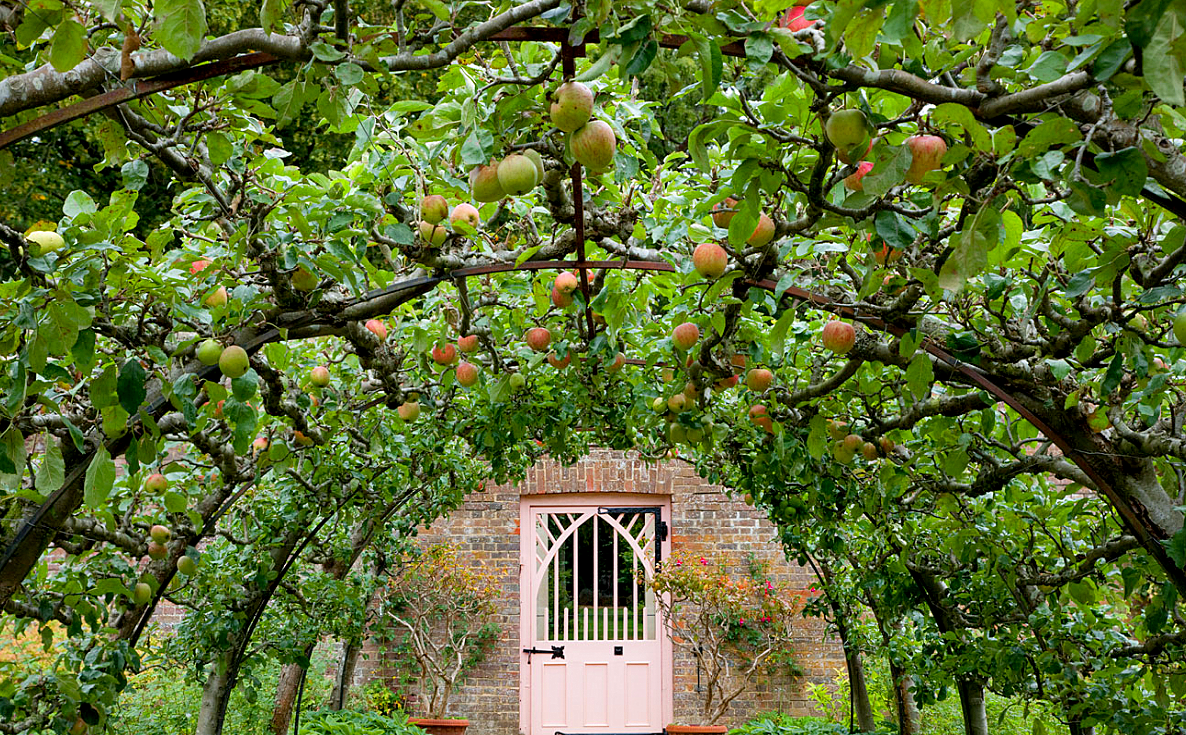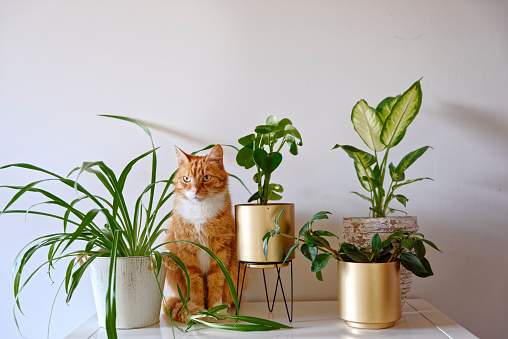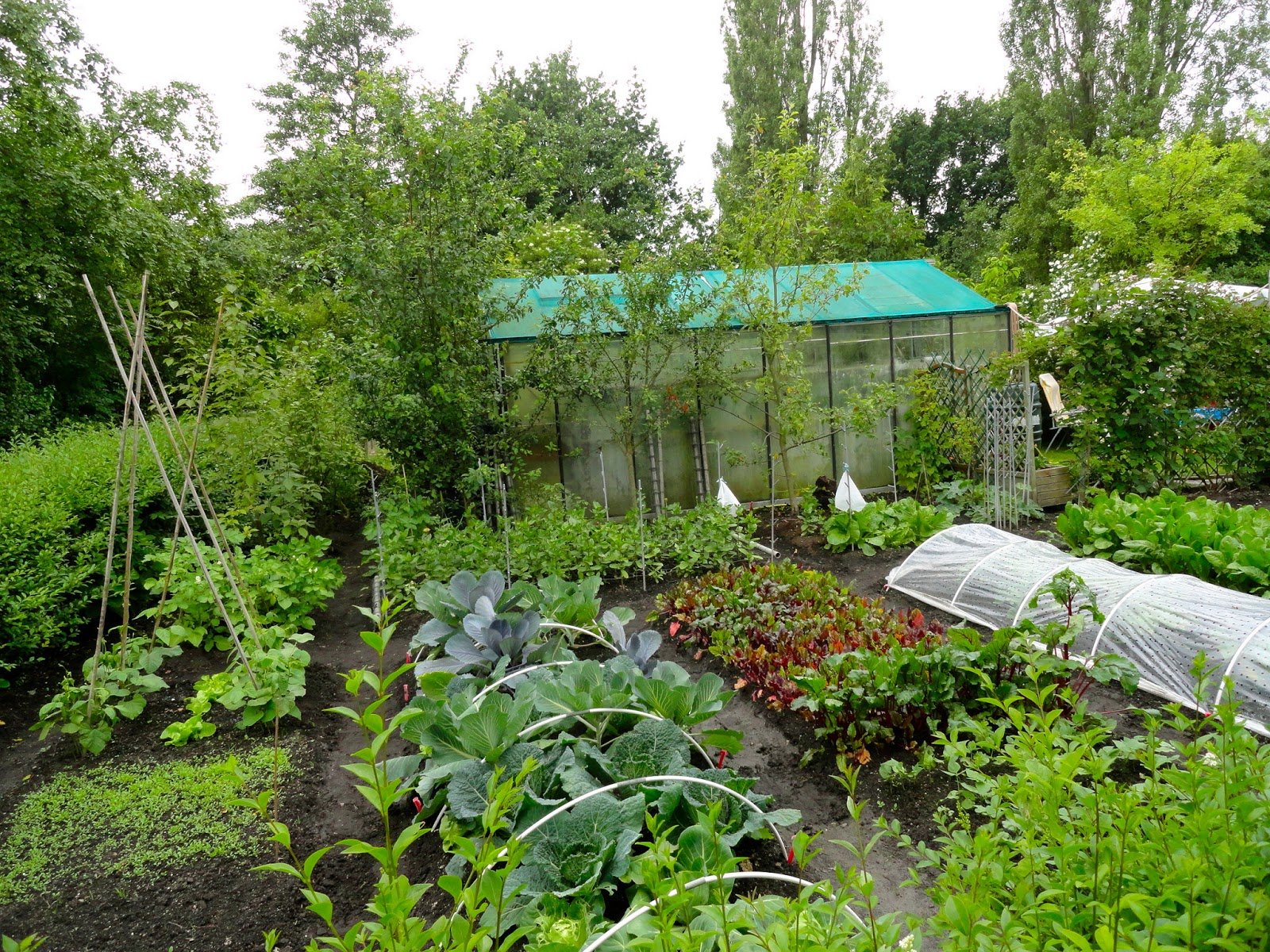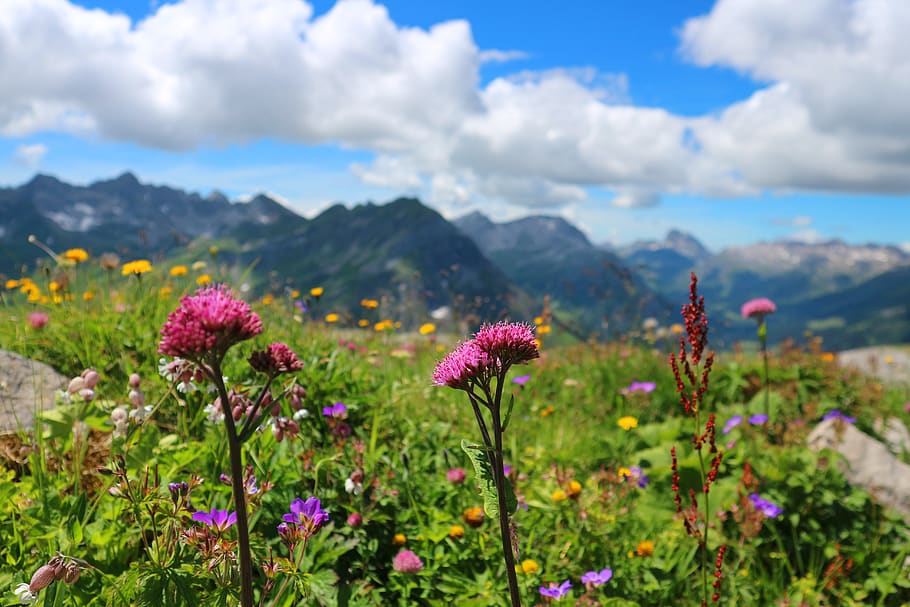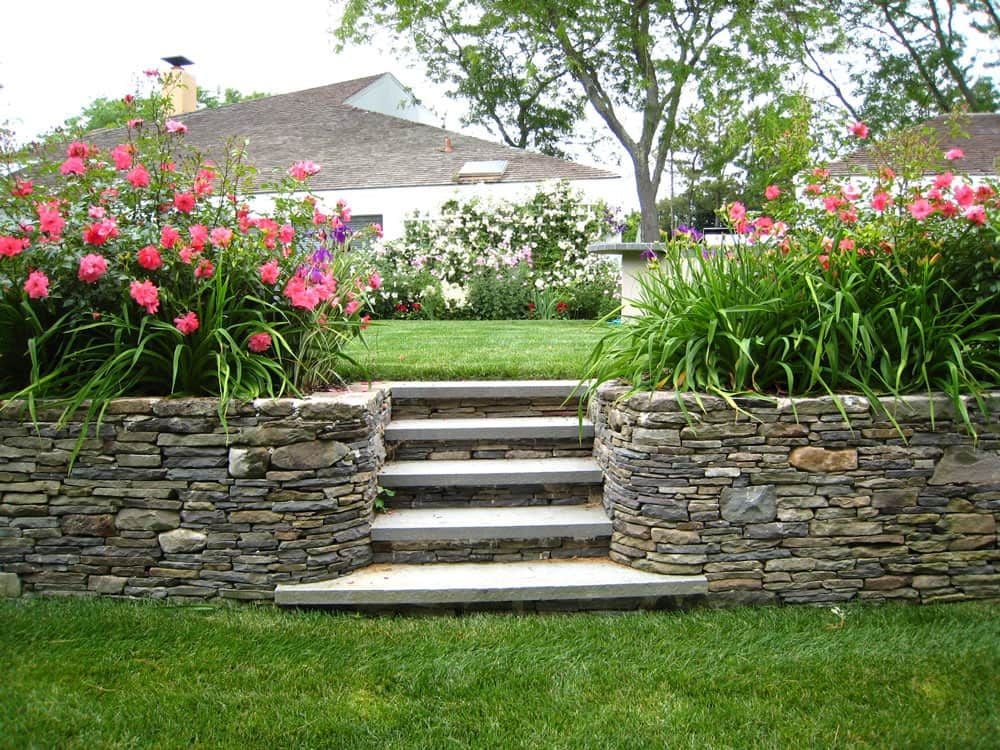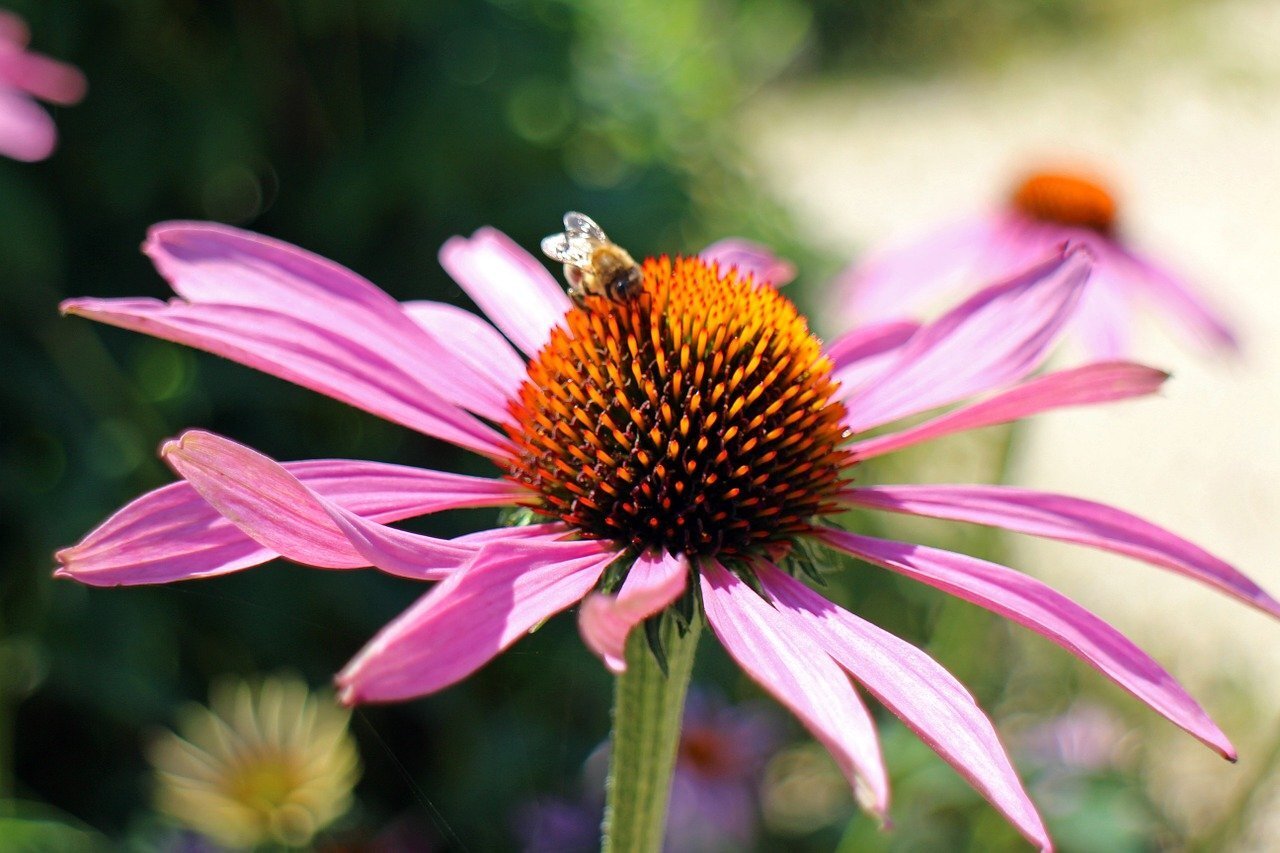20 Oriental Plants to Create a Breathtaking Japanese Garden
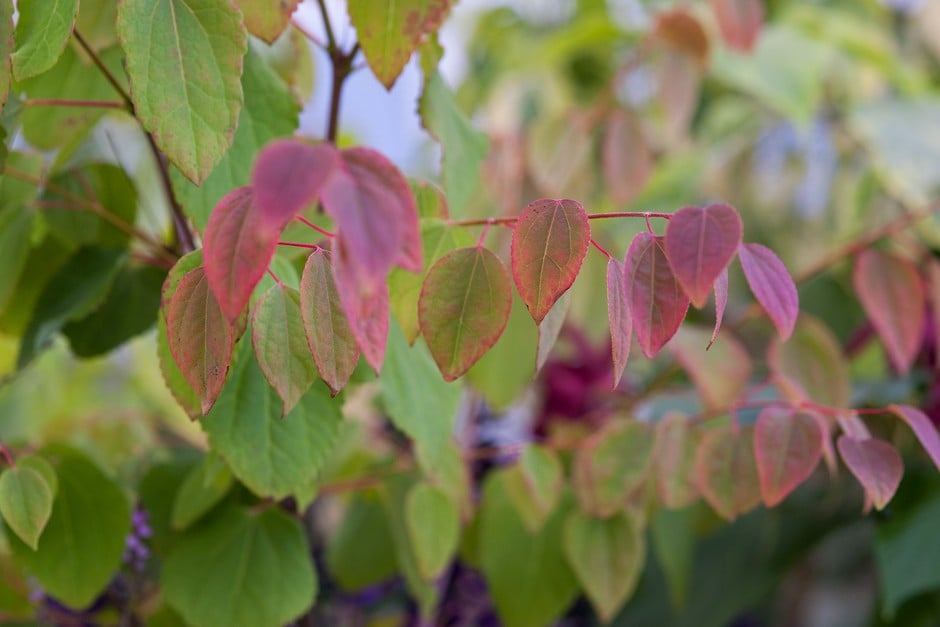
Table of Contents
Are you enticed by the way various oriental plants look and want to plant them in your own Japanese garden? Japanese gardens are basically those gardens where you will see a good number of plants along with waterfalls. Planting is basically done for a number of reasons, like for fresh air and oxygen. Apart from that, plants also hold an ornamental value. For instance, when we want to decorate our backyards or gardens, then also we will need plants and trees.
But, when it comes to decorating your gardens, you will need some beautiful plants to decorate them. And here, the role of oriental plants becomes significant. When it comes to oriental plants, there are enough varieties to choose from. Hence, it becomes difficult sometimes to choose a plant among many options. But no need to worry as we will be listing down the plants that can be planted in the gardens.
Top Oriental Plants for Japanese Gardens
1. Iris Ensata
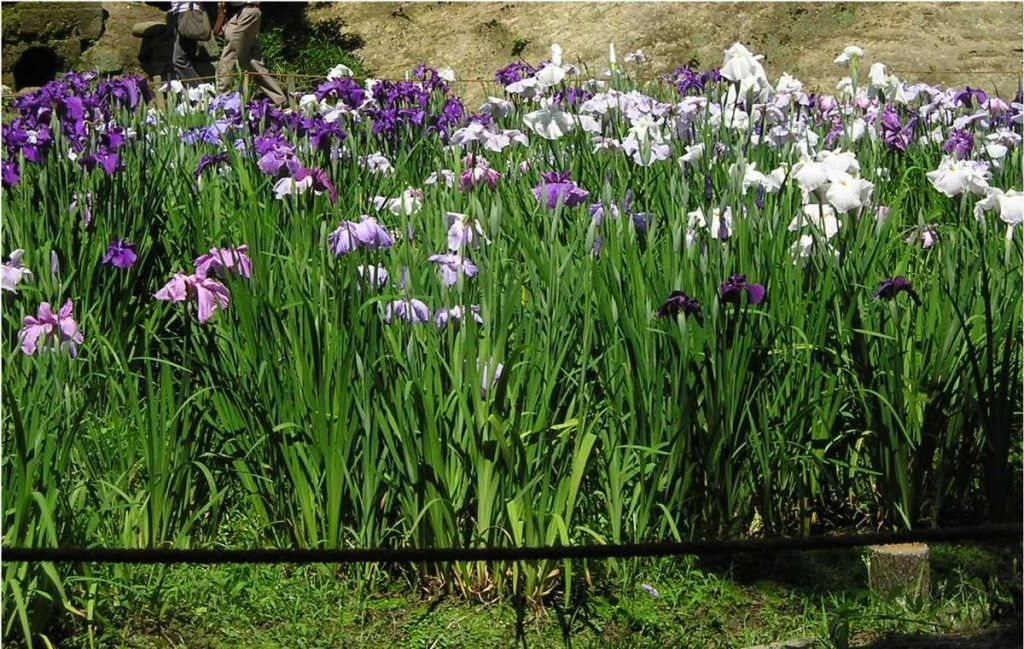
Iris Ensata is also often called Rose Queen by the people. This plant is one of the best and most popular that people widely use. Hailing from the family Iridaceae, it is majorly found in Japan, China, Korea, and Russia. Iris Ensata can be planted in clay or loamy type of soil with high watering and good maintenance. Mostly it is found that this plant is planted in the summer season.
This plant has got a height of 3 feet tall. When speaking about its colour and appearance, this plant has got flowers of white colour with little pink colour mixed in it. You can have this plant in your small gardens as well.
2. Enkianthus Campanulatus
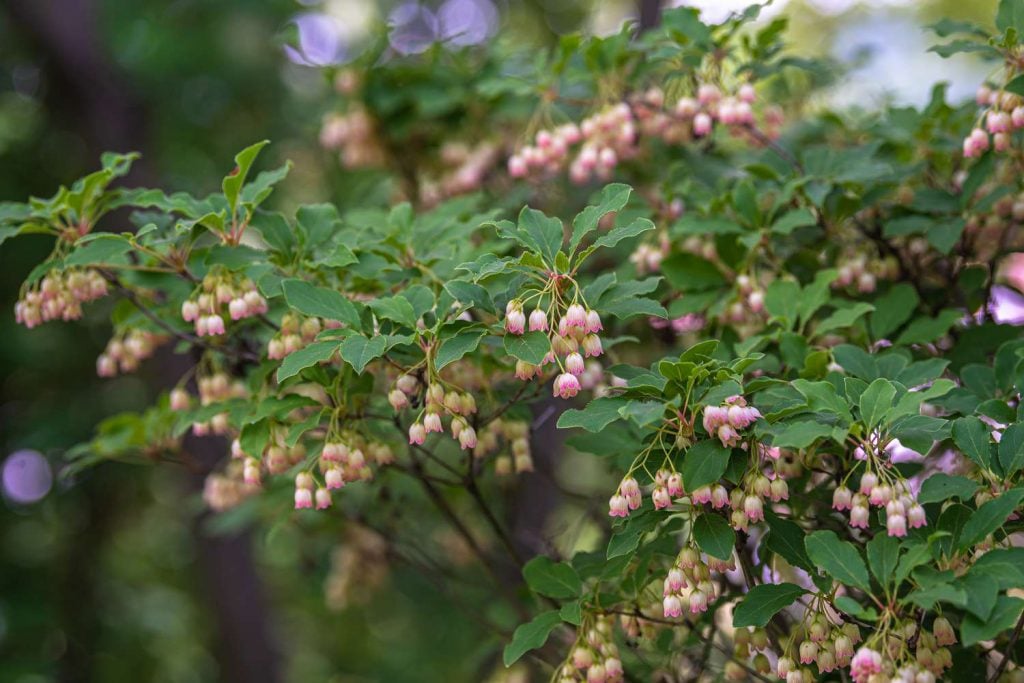
Like Iris Ensata, this plant is also widely popular and most recommended for Japanese gardens. People love to plant these cute little plants in their gardens as well. Enkianthus Campanulatus is from the Enkianthus family, which was first brought to England by Charles Maries. This plant has red leaves, and its stem is green-coloured. Enkianthus Campanulatus is planted between the late spring the early summer season.
Along with that, it can be seen planted in the fall seasons as well. Enkianthus Campanulatus has got a height of 6 to 10 feet, which indicates it is a taller plant in a sense. Loam, Clay, or sand-type soils are suitable for this plant since it is a low-maintenance plant, so constant watering is not required that much. Only when needed then watering should be provided. Don’t forget to give this plant proper sunlight and shade as well.
3. Beni Otake

Beni Otake is nothing but a variety or a type of Japanese Maple which is yet another recommended and popular plant for Japanese gardens. People love to plant these lovely plants too. Hailing from the family Sapindaceae, this plant is mostly found in parts of Asia and Russia. April, May, September, October, and November are the best time to plant this tree.
It has got a height of 4 metres, and it spreads up to 4 metres. Talking about its appearance, well this plant has got red coloured leaves with sharp ends at the top. Well-drained or clay-type soil is required to be planted. The full sun and shade, along with an ample amount of watering, will make this plant bloom brighter and healthier.
4. Pinus Mugo
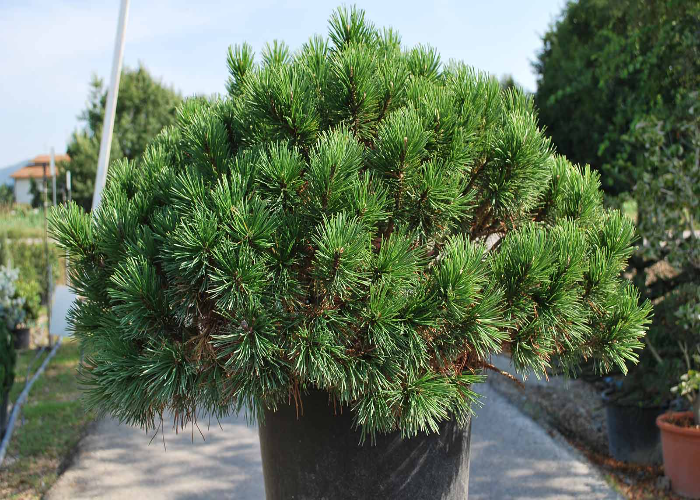
Pinus Mugo is a mountain pine, basically. Hailing from the family Pinaceae, this plant is found mostly in Central Europe and some parts of Southern Europe as well. Pinus Mugo is about 10 to 20 feet tall, and its leaves are dark green, while its nut brown coloured. Pinus Mugo is widely used as a bonsai plant also. It prefers acidic, moist, loamy and well-drained soil for plantation.
With good maintenance and decent watering, one will be able to see how well the flowers and leaves are blooming. Also, keep in mind that along with watering, sunlight should be provided properly to keep this plant alive. Pinus Mugo is overall a good plant for Japanese gardens.
5. The Bride
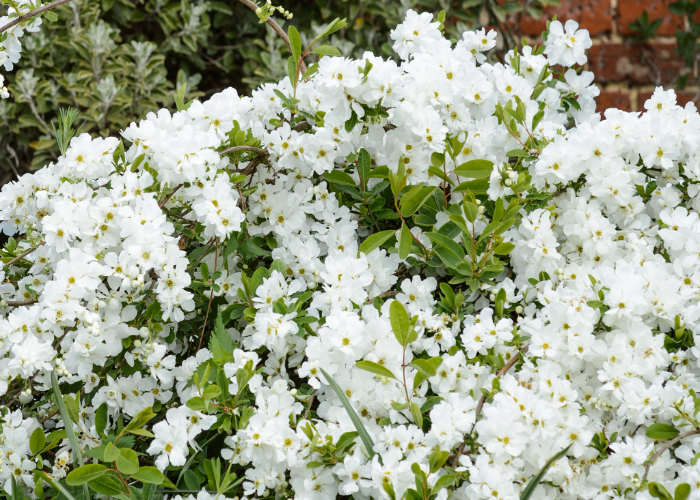
The fifth in this list is the Bride plant. They are also known by the scientific name Prunus Incisa. These are also people’s favourites and are best suited for Japanese gardens. The flowers of this plant are white in colour, which, when blooms, look beautiful. The height of the bride goes up to 13 feet which is a bit tall in a sense, though, but it can accommodate your Japanese garden very well.
Talking particularly about flowers then it has got flowers of white colour but inside part which are called stamens and they are of pink colour. Most of the plants and trees grow well in the spring season, and such is the case for the bride too. But you will experience its orange-coloured flowers during the fall season.
6. Katsura
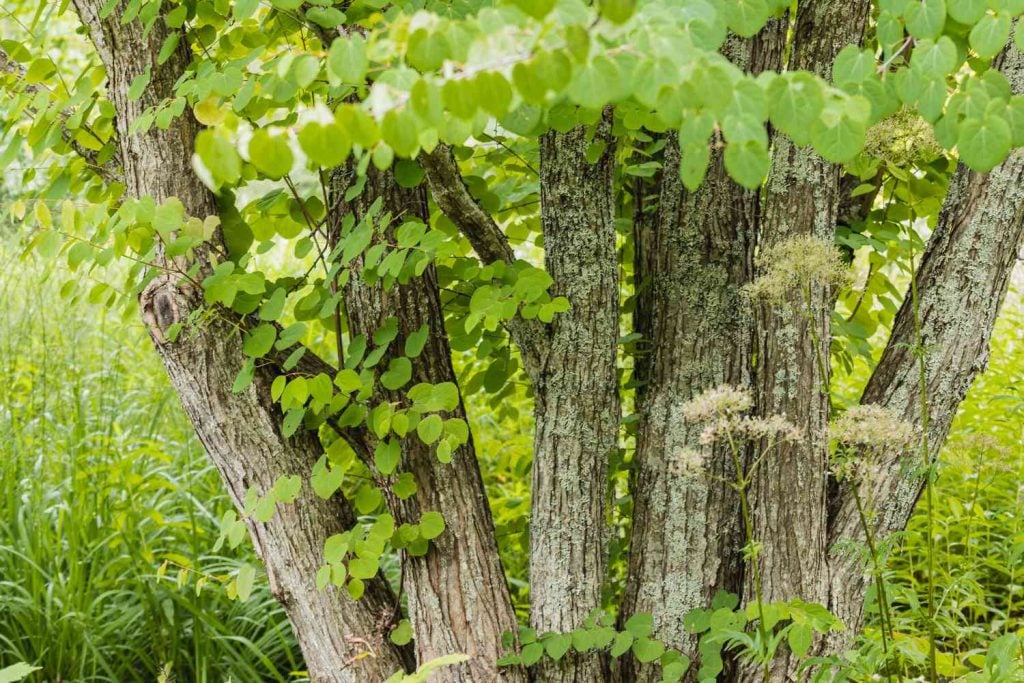
Another eye-catching plant for Japanese gardens is the Katsura plant. The Katsura plant is from the family Cercidiphyllaceae, whose native is from Japan and China mostly. This tree comes with a height of about 4 feet tall with green-coloured leaves, which turn yellow in the autumn season.
But mostly, you will be able to see it in some cases. It reaches up to a height of 12 to 13 feet tall. This tree requires well-drained soil for plantation. If you want these to bloom beautifully all the time, then proper maintenance is required. People love to plant this in their gardens as well.
7. Wisteria Floribunda
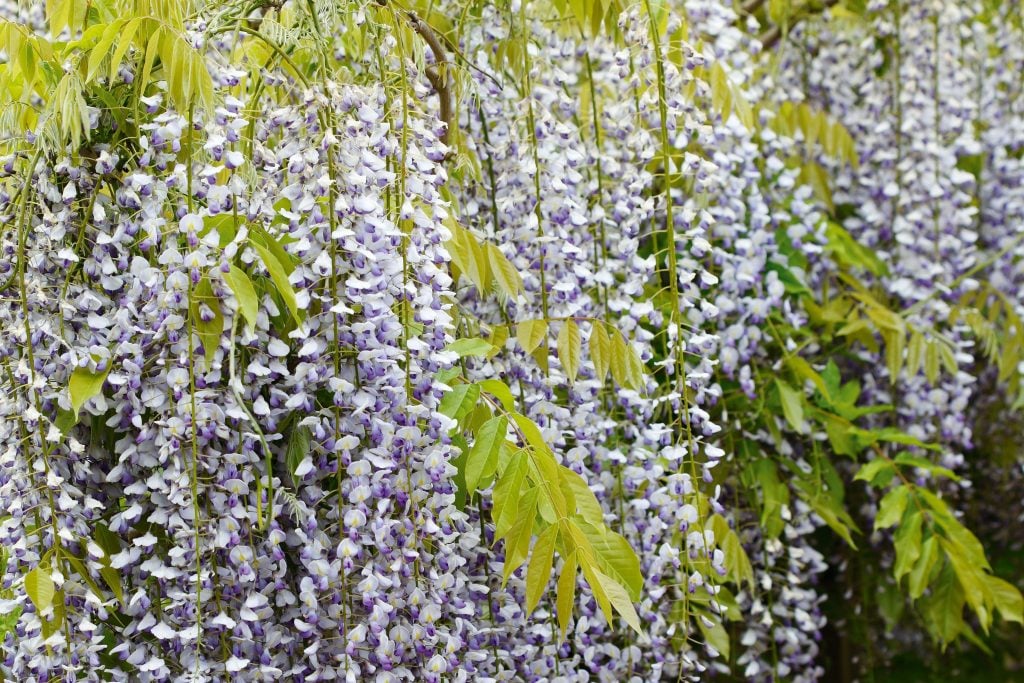
One of the tallest on this list and the fastest-growing plants is Wisteria Floribunda. These plants can light up your Japanese garden when added. Almost from every corner of the world, people tend to buy this plant’s seeds in order to bring charm to their gardens. Though being a climber plant, Wisteria Floribunda has got a height of nearly 26 feet which itself is the tallest among the list, as mentioned in the beginning.
The flower of the plant appears in blue and purple colour mixture, while its leaves are green in colour. This plant can be seen mostly in the US, the UK and some parts of Asia even. It is highly advisable to plant this beautiful climber between October to April, which means it is a period of winter to early spring. This plant grows well in full sunlight under the shelter, which can protect it from stormy winds. Not only that but these plants can be grown in the containers as well.
8. Rhododendron
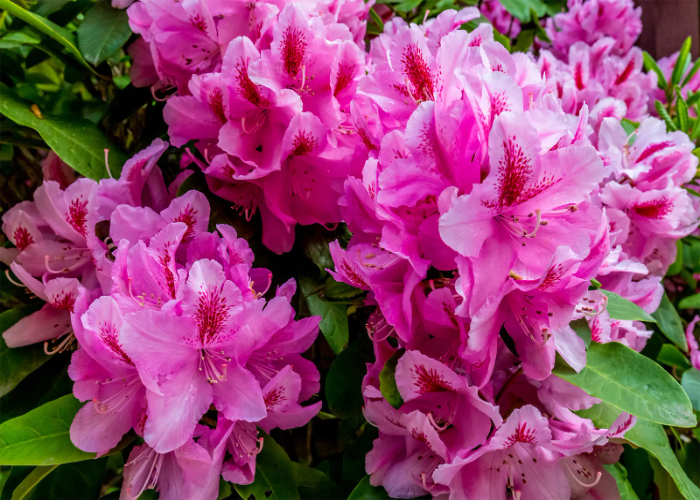
One of the most famous and highly popular plants among people across the globe. Rhododendron is so much popular that its name is even taken in our daily discussions well. It is such an eye-catching and attractive plant that one cannot stay without planting it. These beautiful plants are good for Japanese gardens.
Rhododendron goes up to a height of 30 inches which is pretty decent for Japanese gardens. Speaking of its appearance, well, the flowers are white in colour, and its leaves are green coloured. They are grown under well-drained and moist type of soil along with a good amount of sunlight and shade. A good plant for your Japanese garden overall.
9. Primula Japonica

The ninth plant on the list is Primula Japonica. An uncommon and unique plant, though, but don’t underestimate this plant at all. They can add charm to your Japanese garden when added. Primula Japonica belongs to Japan as it is its native place.
Hailing from the family Primulaceae, this plant has got pink-coloured flowers with leaves in green colour. It has different types, but majorly pink coloured flowers are used and found majorly. For growing, it requires loamy or moisty type soil for the plantation along with an adequate amount of sunlight and watering.
10. Plantain Lily
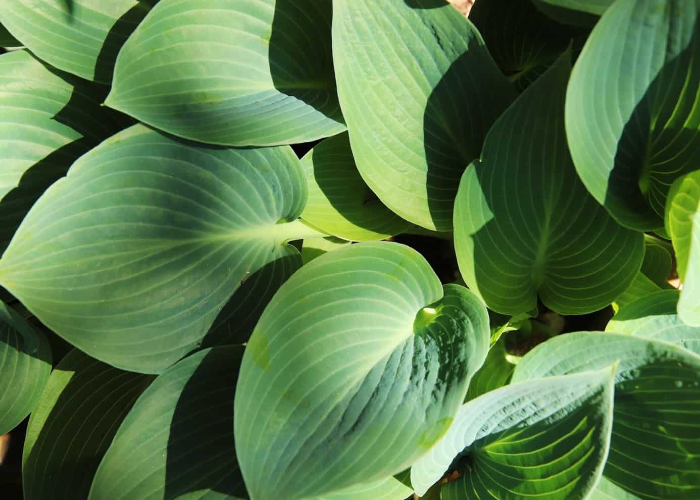
Plantain Lily is one kind of Lily that is planted in Japanese gardens as well. But they appear to be bigger in size when compared to normal lilies. They are often known by the name Hostas. Plantain Lilies can grow from 8 inches to 48 inches which is also considered a good and decent height. The colour of the leaves is green, and they are actually bigger in size as well.
Just like a normal lily, the colour of the flowers is white. But what differentiates them from normal lilies is that they are grown in the ground. The normal lilies are grown in the ponds. These lilies are grown in those soils which are fertile along with the requirement of organic matter. With good sunlight, shade, and maintenance, it will bloom properly and will add charm to your garden as well.
11. Hakonechloa
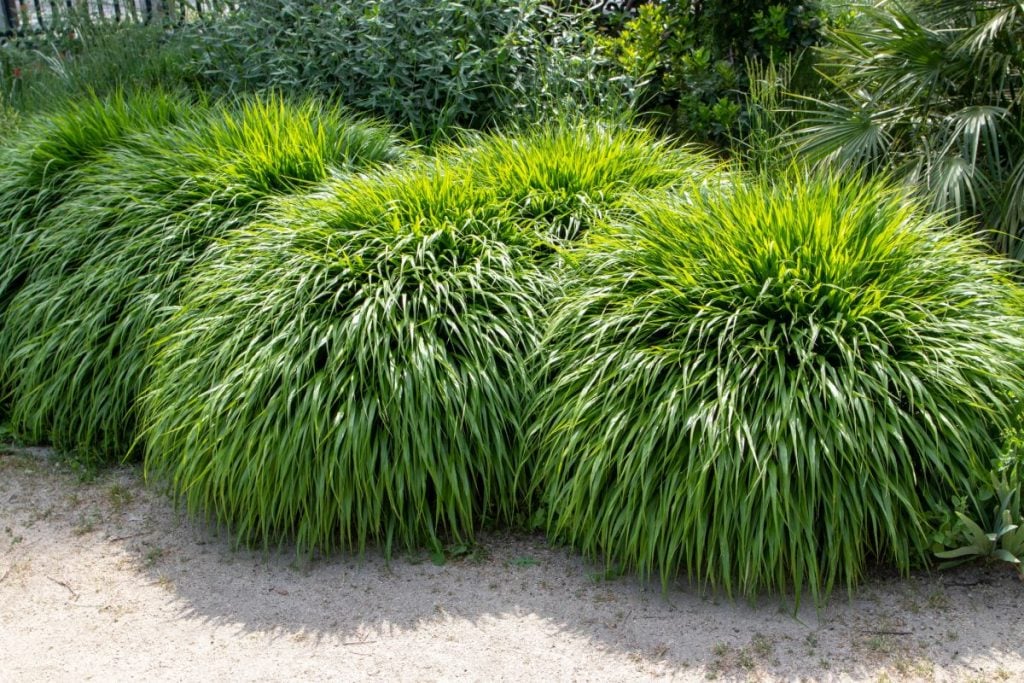
Hakonechloa is a plant that is also preferred by the people for planting in the Japanese garden. These are basically grass-type plants with a small amount of flowers on top of it. The leaves are thin and long and are green coloured and while its flowers are blue colour.
Hakonechloa is a plant found mostly in the UK. The best time to plant it is in May and June. After that, you will see in the month of June and July; flowers tend to bloom properly. Hakonechloa hails from the family Poaceae and reaches up to a height of 40 cm. When planting, always plant in clay and moist type of soil. With full sunlight exposure and shade, the plant will bloom prettier and brighter.
12. Prunus Padus
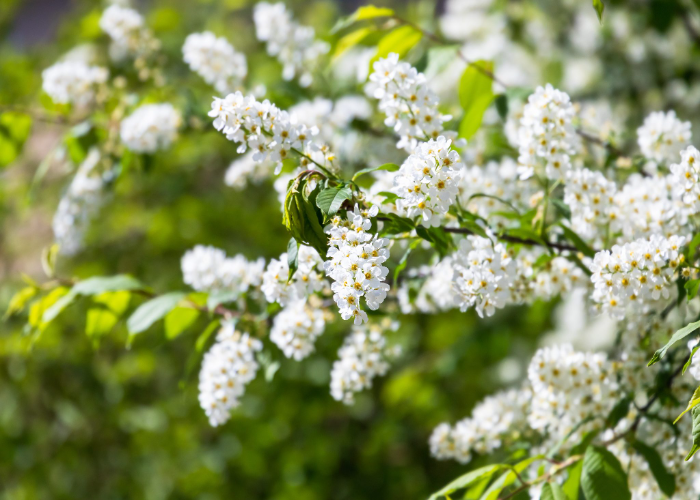
Prunus Padus is nothing but a type of cherry plant that blooms in the winter seasons. These are highly recommended for Japanese gardens. It is also known by the name Bird Cherry. These cherries come in white-coloured flowers, which are seen in bunches with green-coloured leaves. If we talk about its height, its height is about 15 cm. When it comes to the plantation, well this plant requires a well-drained and moist type of soil. Along with that, full sunlight and good shade are required for its proper blooming.
13. Quince
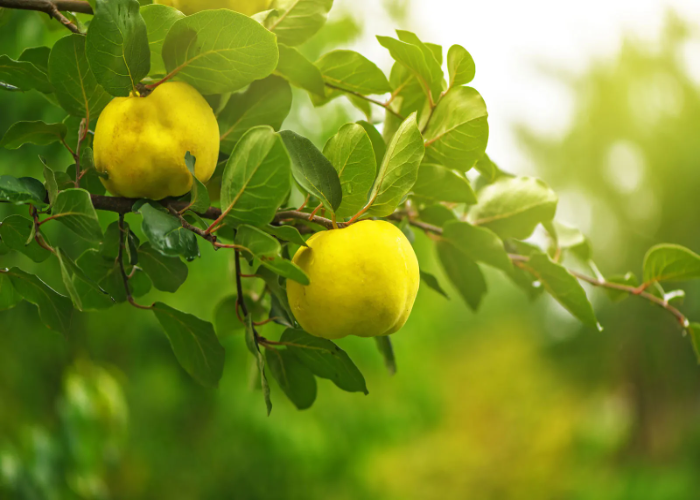
If you have a Japanese garden and you are not thinking of having Quince, then you have missed something, really. Quince or Cydonia oblonga is also a highly preferred plant for Japanese gardens. These are basically plants which have got yellow fruits in them.
These fruits can be tasty when cooked. Speaking of its appearance, the Quince tree has got a height of 4cm which is not so tall as compared to others in the list. But it can add charm to your Japanese garden once added. It is highly advisable to plant this tree either in spring or in mid-winter. Quince prefers well-drained soil with a good amount of sunlight and with minimum maintenance.
14. Japanese Maples
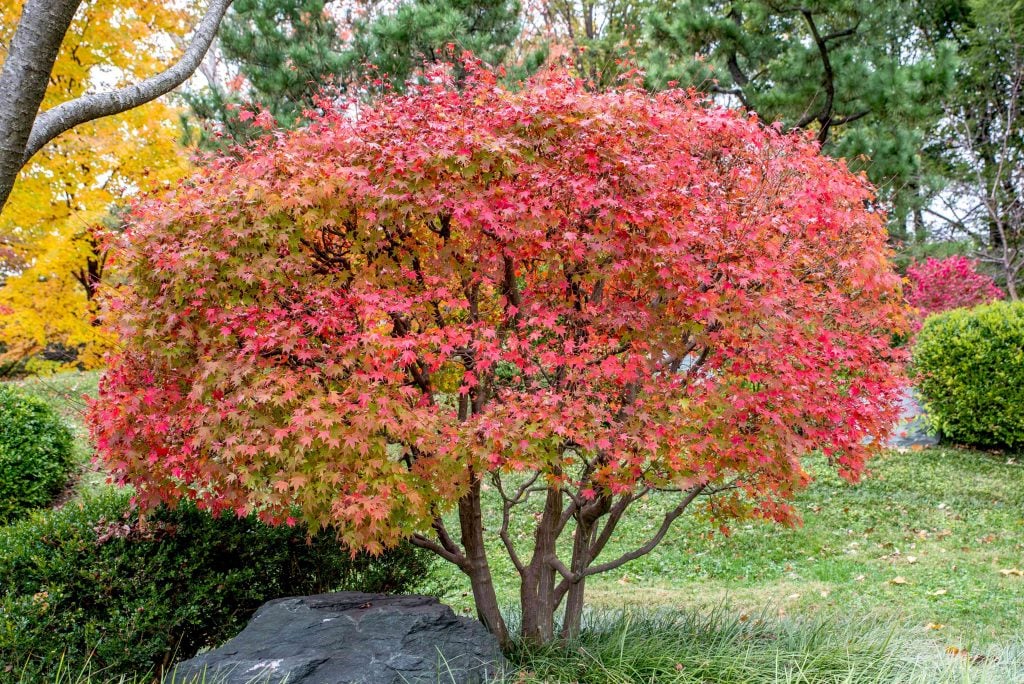
Japanese Maples are famous among people from all over the world. They are a type of Maples that are mostly seen in the winter season or in colder regions. These maples can be a good addition to Japanese gardens. The interesting part is that these maples can live up to 25 years. These are green in colour, though, but they turn red in the fall season.
They grow up to a height of 6 cm and spread about 3 cm. They require a well-drained and moist type of soil for plantation. With sheer maintenance and sunlight, this will grow properly and accordingly will add charm to your garden.
15. Peonies
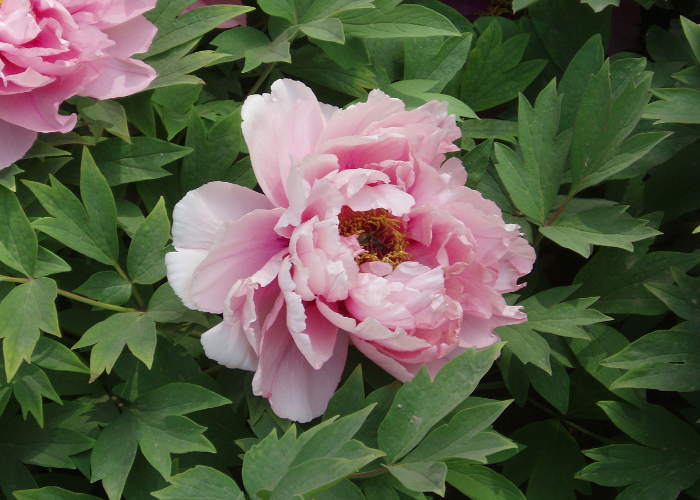
Peonies can bring charm to your Japanese garden once added. Peonies are loved by most of the people in the world. These are basically ornamental trees, but they are going to light up your garden. The leaves are green in colour, and their flowers appear to be pink and red sometimes.
They are planted in such area which has a proper shelter, which can prevent them from winds and storms. It requires an alkaline type of soil or well-drained soil with a good amount of sunlight and high maintenance.
16. Styrax
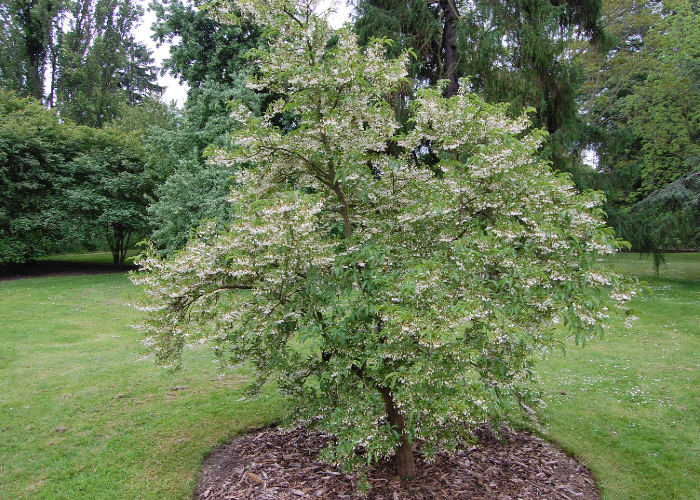
Hailing from the family Styracaceae, Styrax is a plant that can be added to Japanese gardens as well. The leaves of this plant appear to be green in colour while it has pretty white coloured flowers, but they turn yellow when its autumn.
Styrax has got good fragrance that people will love when planted in their Japanese gardens. The height of this plant is 12 cm, and its width is about 7 cm. Its planting criteria are it needs to be planted in well-drained soil along with a good amount of sunlight with good shade and shelter. Maintaining the styrax properly will make it bloom nicer and brighter in the Japanese garden.
17. Araiostegia Parvipinnata
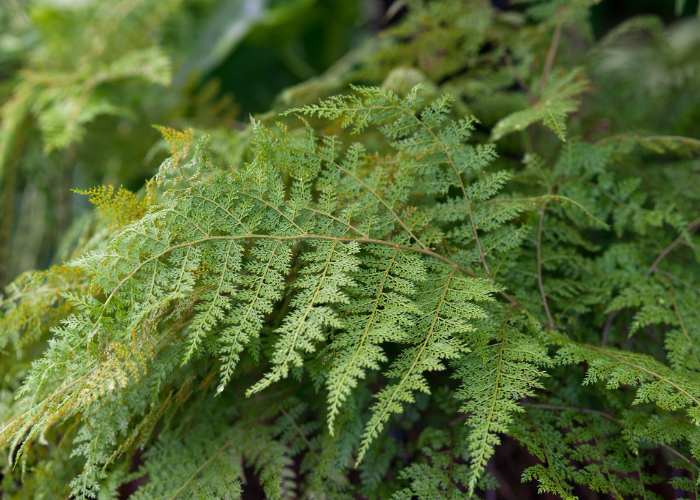
The seventeenth plant on the list is Davallia or Araiostegia Parvipinnata. This plant is unique and very lesser known to the people. But they are used by the people in their Japanese gardens. These plants are mainly found in Japan as they originate from Japan only.
The leaves of this plant are green in colour, but they are very thin and light weighed. They can grow up to a height of 45 cm. To plant, they require moist soil along with a good amount of sunlight and some shade.
18. Bamboo
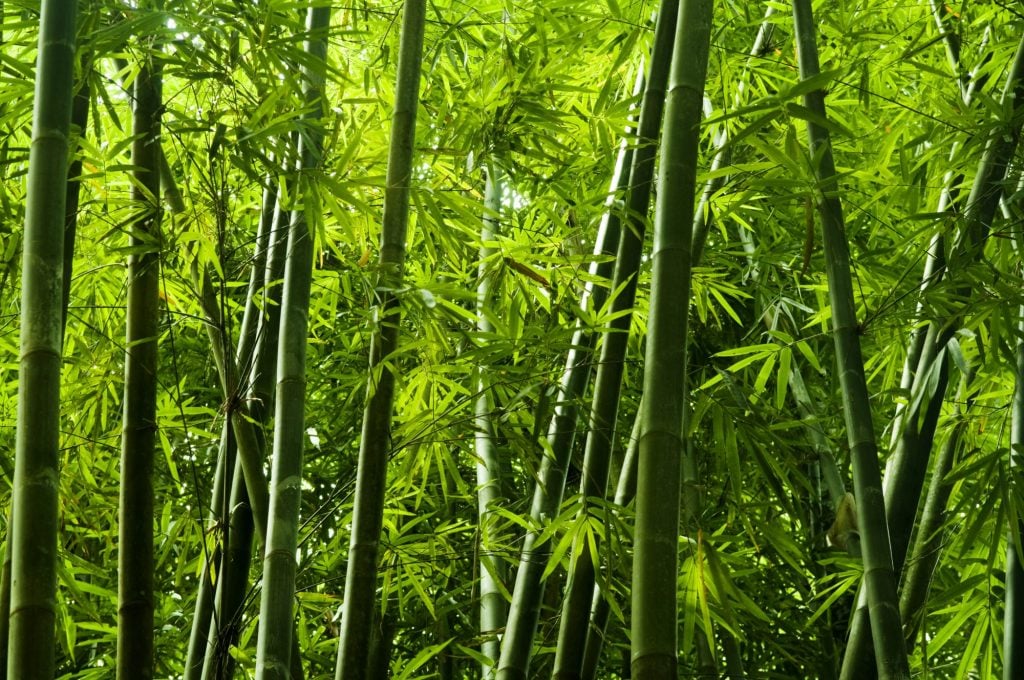
The most common tree that you can see almost everywhere is a bamboo tree. Bamboo tree is such a common tree that you can see either on a farm, or someone’s backyard, or in other places. These are very easy to grow and need zero to low maintenance. They reach up to a height of 70 feet which is actually the normal height of it.
They are perfect for the Japanese garden. For plantation, you will have to plant them in well-drained soil and in such a place where they can receive an adequate amount of sunlight. Overall, it will be a great addition to the gardens.
19. Camellia
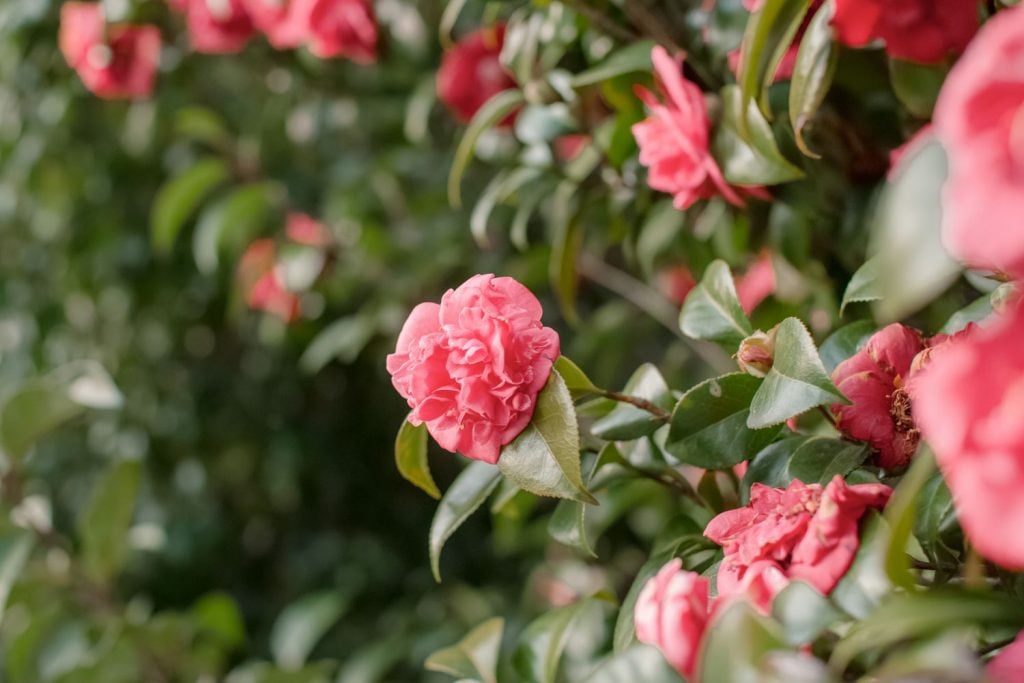
Camellia is a plant that is found in the Eastern and Southern parts of Asia. These plants tend to bloom between winter to spring. These plants are highly recommended by people for Japanese gardens. Its leaves appear to be green coloured whereas its flowers are red in colour.
The height and width of this tree are the same, that is, 4 to 8 metres, respectively. For sowing, plant it in clay, loamy, or sand-type of soils. Always provide full or partial shade in terms of sunlight. Overall, a good plant to add to the Japanese garden.
20. Lotus
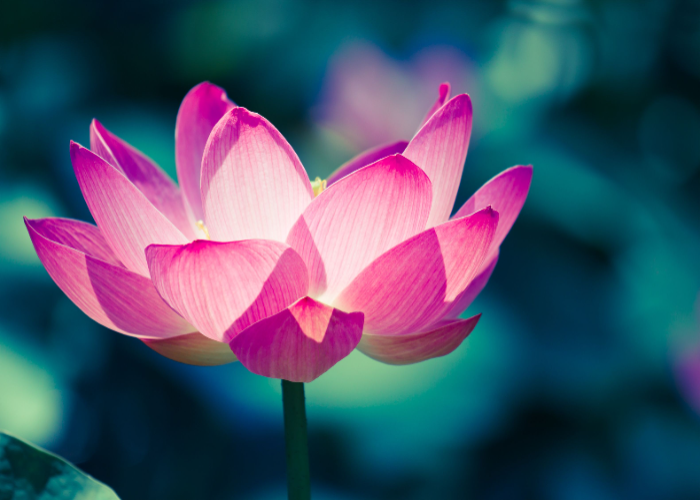
The most common and one of the highest used plants by almost all the people in the globe. Lotus is commonly seen in someone’s personal pond or big lakes. They come in different colours like pink, blue or white.
They bloom in the early morning when the sun rises and turns down when it is dark. A good addition to your Japanese garden, especially when you have a private pond. They are easy to grow and require zero to low maintenance.
Final Thoughts
There are so many plants and trees beyond these that you can choose and plant. But, the thing that you have to be mindful of is the area that you are living in. The climatic conditions, the soil type, and many miscellaneous factors need to be analysed before opting for a plant. Apart from that, the biggest challenge is how much space you have to get these plants. Because, more or less, you need some decent space for them since these plants and trees are pretty space-consuming. So keep that in mind while planting these beautiful plants.
But otherwise, these 20 plants are so pretty and so good in their zones that you will be willing to keep all of them together. Just by following the steps for plantation and with an ample amount of care and maintenance, these will grow properly and will be going to add charm to your garden.
Bring an oriental vibe to your Japanese garden today!

